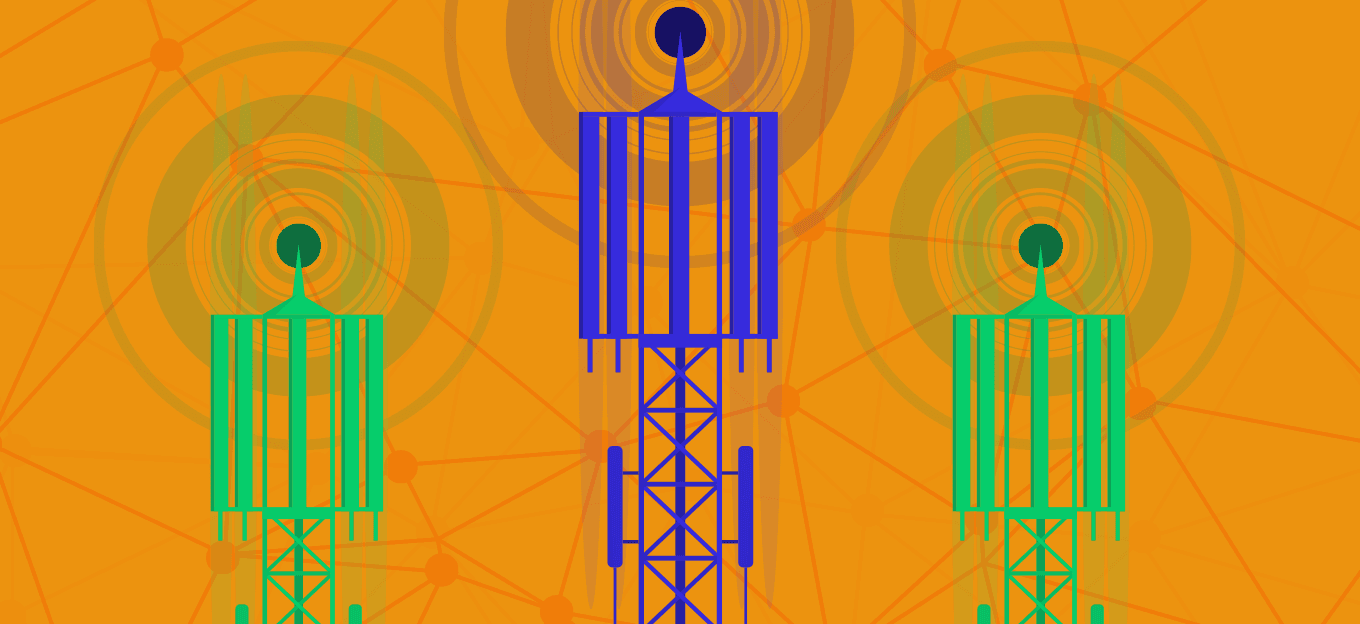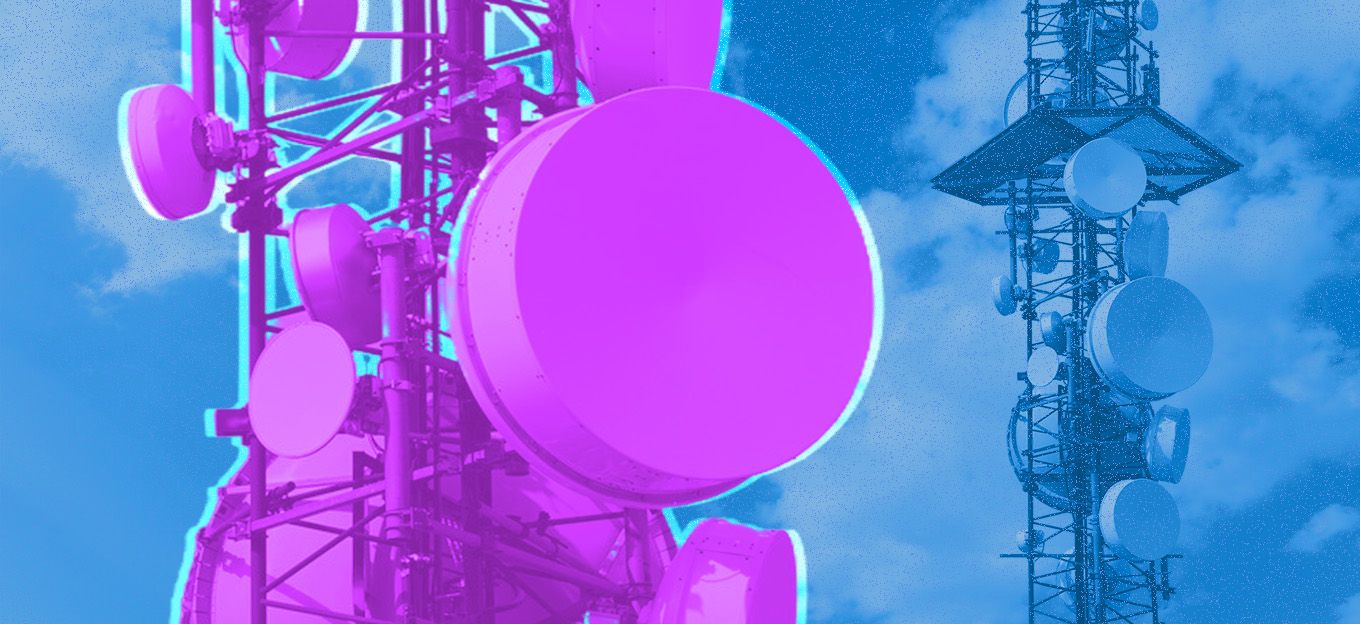How GSM Powers Remote Monitoring in Hard-to-Reach Locations
How GSM Powers Remote Monitoring in Hard-to-Reach Locations
- Last Updated: July 22, 2025
GSMCloud
- Last Updated: July 22, 2025



In the ever-evolving world of IoT, discussions often center around cutting-edge connectivity: 5G networks, private LoRaWAN, Wi-Fi 6, or even satellite IoT. These technologies drive headlines and shape our expectations for a fully connected world. But in the background, there remains a quieter yet essential player—GSM—still enabling critical IoT operations in places where high-speed, IP-based infrastructure simply isn’t available.
For decision-makers working in water management, agriculture, construction, and utilities, the assumption that “newer is better” often meets a practical wall. When your operation is located in a rural area, on a temporary site, or within facilities that restrict internal network access, GSM-based IoT offers a simple, resilient, and scalable alternative.
The Problem: No Connectivity, No Control
Despite the promise of IoT, connectivity remains one of the greatest barriers to adoption. This is especially true in locations where physical infrastructure is lacking or unstable. Consider:
- A wellfield located 15 kilometers outside the nearest town
- A temporary construction site that moves every 3 months
- A water utility station with no fixed broadband and strict IT firewalls
- A floodgate located in a nature reserve with no power or signal cabling
In each of these examples, the need for real-time data and control is clear—but traditional connectivity solutions like Wi-Fi or fiber are simply unfeasible. Installing dedicated lines is costly and time-consuming. Cellular data can be unreliable, and private networks require on-site maintenance and skilled configuration.
A Familiar Technology with Renewed Purpose
GSM (Global System for Mobile Communications), often considered outdated for consumer use, offers distinct advantages for many IoT deployments:
- Coverage: GSM still covers more territory than 5G or Wi-Fi, especially in rural areas.
- Stability: It offers consistent performance for low-bandwidth tasks like sensor reporting or remote switch activation.
- Simplicity: Devices can connect directly to the mobile network—no gateway, router, or IT intervention required.
- Security: GSM modules operate independently from internal company networks, reducing cybersecurity exposure.
These qualities make GSM well-suited for monitoring, alerting, and simple control tasks—a category that accounts for a significant portion of industrial and infrastructure IoT needs.
Case Study: Remote Monitoring at a Waterworks Facility
One real-world example comes from a Danish waterworks operating in a sparsely populated area. The utility required a method to monitor water levels in tanks and remotely operate valve systems; however, the facility lacked a broadband connection, and due to security regulations, it wasn’t possible to connect external devices to the internal SCADA system.
Instead of investing in a complex networking solution, the utility deployed GSM-based IoT controllers to key locations on site. These controllers communicated directly with a secure cloud platform over the mobile GSM network. Within hours of installation, the waterworks team could remotely:
- Monitor tank levels in real-time
- Receive alerts on overflows or irregular flow
- Operate valves without on-site personnel
This setup didn’t require any local networking configuration, VPN tunnels, or cabling infrastructure. The system even included redundancy via SMS fallback, ensuring operability during periods of poor mobile data coverage. The result was a cost-effective, secure, and highly functional monitoring solution, which continues to operate with minimal maintenance today.
Beyond Water: Broader Applications of GSM IoT
The water sector isn’t alone in its need for rugged, self-contained IoT deployments. Across industries, GSM-based solutions are quietly enabling operations where IP-based networking cannot:
- In agriculture, farmers use GSM modules to manage irrigation pumps, climate systems, and storage tanks in areas far from Wi-Fi or LTE towers.
- In construction, temporary job sites benefit from remote control of lighting, fuel-powered generators, or security equipment using GSM automation.
- In municipalities, remote locations like parking areas, nature parks, or industrial zones rely on GSM for managing floodgates, lighting systems, or environmental sensors.
In all these scenarios, the common denominator is not high-speed connectivity—it’s reliable, low-maintenance communication that just works.
GSM vs. Other IoT Connectivity Options
While no single protocol fits every scenario, GSM stands out in certain contexts. Compared to newer alternatives:
- Wi-Fi requires on-site networking and is limited by its range.
- LoRaWAN offers excellent low-power communication but often demands a dedicated gateway and line-of-sight placement.
- 5G holds promise but lacks coverage in rural areas and requires higher energy and investment.
- NB-IoT is emerging, but adoption and roaming support remain inconsistent across providers and regions.
For low-data, high-dependability tasks in challenging locations, GSM often offers the best mix of reach, maturity, and affordability.
Final Thoughts: Why GSM Still Belongs in the IoT Toolkit
As an IoT implementer or operations manager, it's tempting to chase the most advanced solution available. But when projects demand simplicity, geographic coverage, and low dependency on IT infrastructure, GSM remains a powerful option.
It’s not flashy—and that’s the point. GSM’s reliability, ease of deployment, and independence from local infrastructure make it uniquely suited for thousands of real-world applications. Whether you're optimizing waterworks, automating farm operations, or enabling temporary installations, GSM should still be part of the conversation when designing practical IoT strategies.
The Most Comprehensive IoT Newsletter for Enterprises
Showcasing the highest-quality content, resources, news, and insights from the world of the Internet of Things. Subscribe to remain informed and up-to-date.
New Podcast Episode

What is Hybrid Connectivity for IoT?
Related Articles




